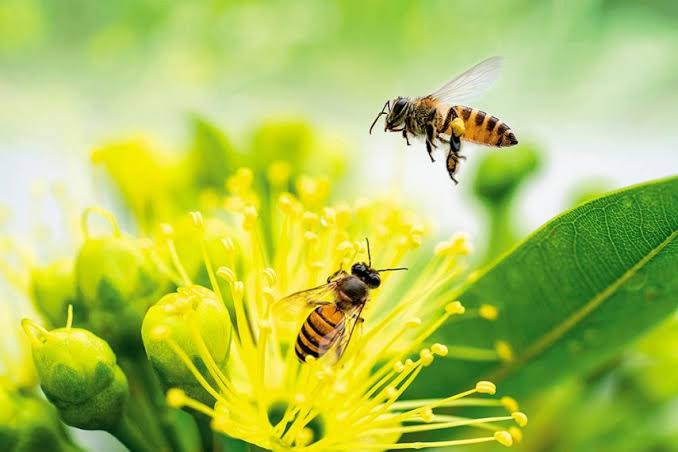Growing sugarcane is most often a commercial affair, but home gardeners can also enjoy this sweet ornamental grass. If you live in a warm climate, you can grow sugarcane varieties in your garden beds to enjoy both the decorative look and for the sugar you can get at harvest time. Know the differences between sugarcanes so you can make the right choice for your backyard. Types of Sugarcane If you want to grow sugarcane and start to investigate how to go about it, you’ll find there are a lot of different sugarcane plants. It can be confusing, especially if you are reading information for farmers and commercial growing of sugarcane. To help narrow down your options, there are a few basic types of sugarcane: Chewing canes. These are sugarcane varieties that have a soft, fibrous center which is good for chewing. The fibers tend to stick together as you chew so that spitting it out once the sugar is depleted is easier. Syrup canes. Syrup canes have a variety of sugar types that don’t crystallize easily but are good for making sugar syrup. They are used commercially but also in the home garden. Crystal canes. Crystal canes are largely commercial varieties with high concentrations of sucrose used to make crystallized table sugar. Sugarcane Plant Types for the Home Garden Most home garden sugarcanes are chewing or syrup varieties. Select the variety or varieties you want to grow based on how you want to use them. If you are only interested in an ornamental grass, choose based on appearance. There are some varieties that have interesting colors and patterns. ‘Pele’s Smoke’ has purple leaves and ‘Striped Ribbon’ has attractive stripes on the leaves and cane. If you want a cane that you can chew, consider chewing canes. These are varieties with outer layers that are easy to peel off, sometimes just with your fingernails, so you can get to the pulp. Examples of good chewing varieties include: ‘White Transparent’ ‘Georgia Red’ ‘Home Green’ ‘Yellow Gal’
swtxander.blogspot.com or swtxander.eskimi.com alexanderwander14@gmail.com



Comments
Post a Comment